Summer is here, and people are flocking to the water, whether it’s a beach, lake, pool, pond, river, or backyard creek. But there’s an inherent risk to swimming and other aquatic activities. The World Health Organization (WHO) says that there are 360,000 drownings each year worldwide — more than 40 people dying every hour of every day — and the highest mortality rates are for children between 1 and 4. Fortunately, there’s not much special equipment or training required to protect loved ones. Families concerned about water safety can follow these 11 simple rules to stay out of harm’s way.
Supervise
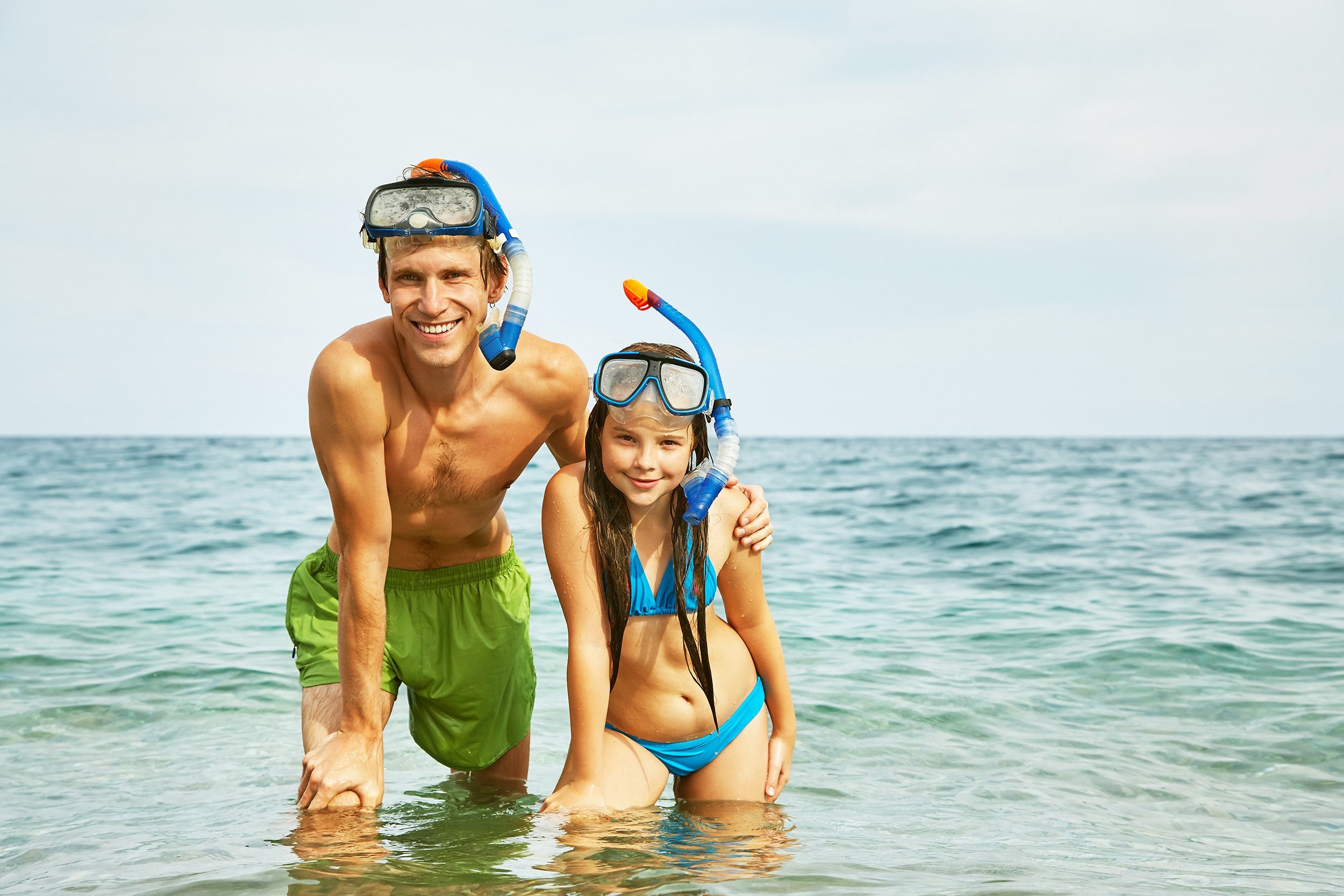
Always supervise children in the water, even those who swim well. Very young children and those who are not yet strong swimmers should be under even closer supervision. That means the supervising adult should be within touching distance at all times.
Nix All the Alcohol

Don’t drink and swim. While it may seem natural to knock back a few cold ones at the beach, experts warn that alcohol and swimming should never mix. According to the Centers for Disease Control (CDC), the use of alcohol by adolescents and adults is a factor in up to 7 out of every 10 deaths involving water recreation. The effects of alcohol are increased by exposure to sun and high heat and can lead to other health issues, such as dehydration.
Use Flotation Devices
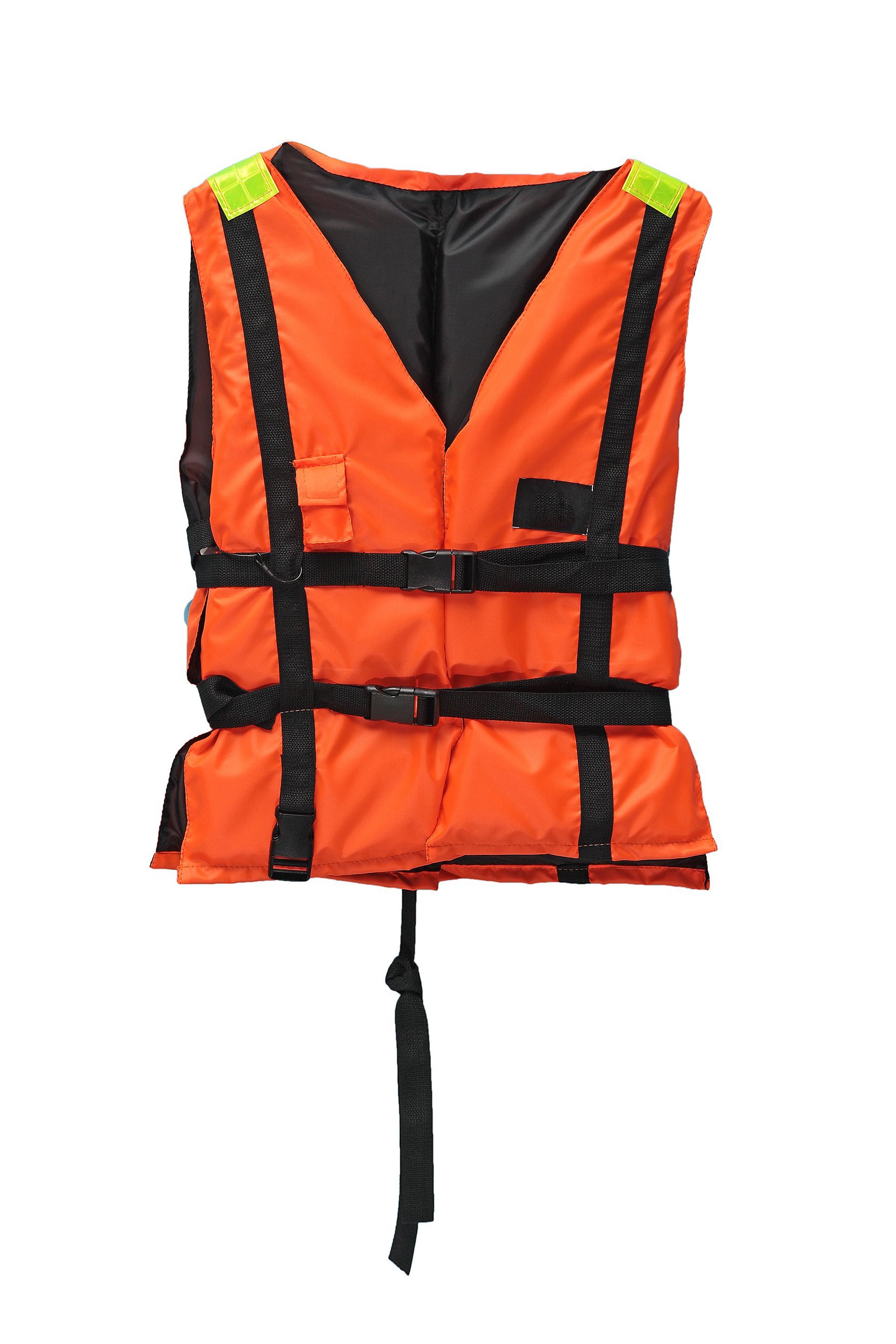
Stick with Coast Guard-approved life vests, and make sure they fit well. This goes for everyone on any type of watercraft. They’re also important for young kids playing on the beach. Even if there’s no plan to go into the water, it can happen in a flash, and preparation is crucial. Water wings and inflatable vests don’t prevent drowning. For younger children, choose flotation devices with head support and a strap between the legs. They’re not particularly cheap (regularly priced at $25 at Cabela’s), but why take a chance?
Drink Up
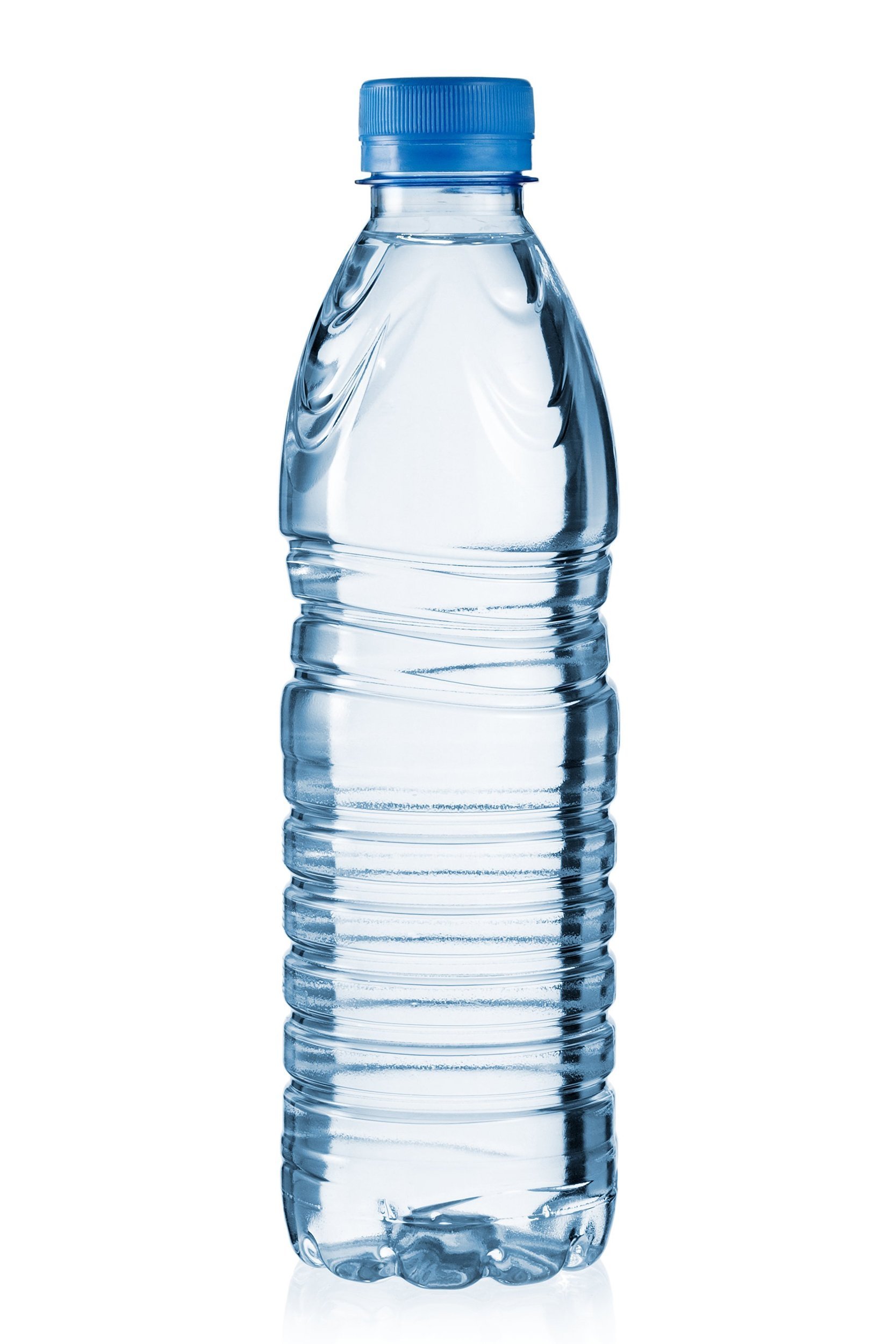
Dehydration is a big risk when people are active in hot weather, even while immersed in water. Swimmers may not realize they’re sweating, and there’s still the potential for dehydration. Keep a cooler or water bottles nearby so it’s easy to chug away before, during, and after fun in the sun.
Watch Out for Hypothermia
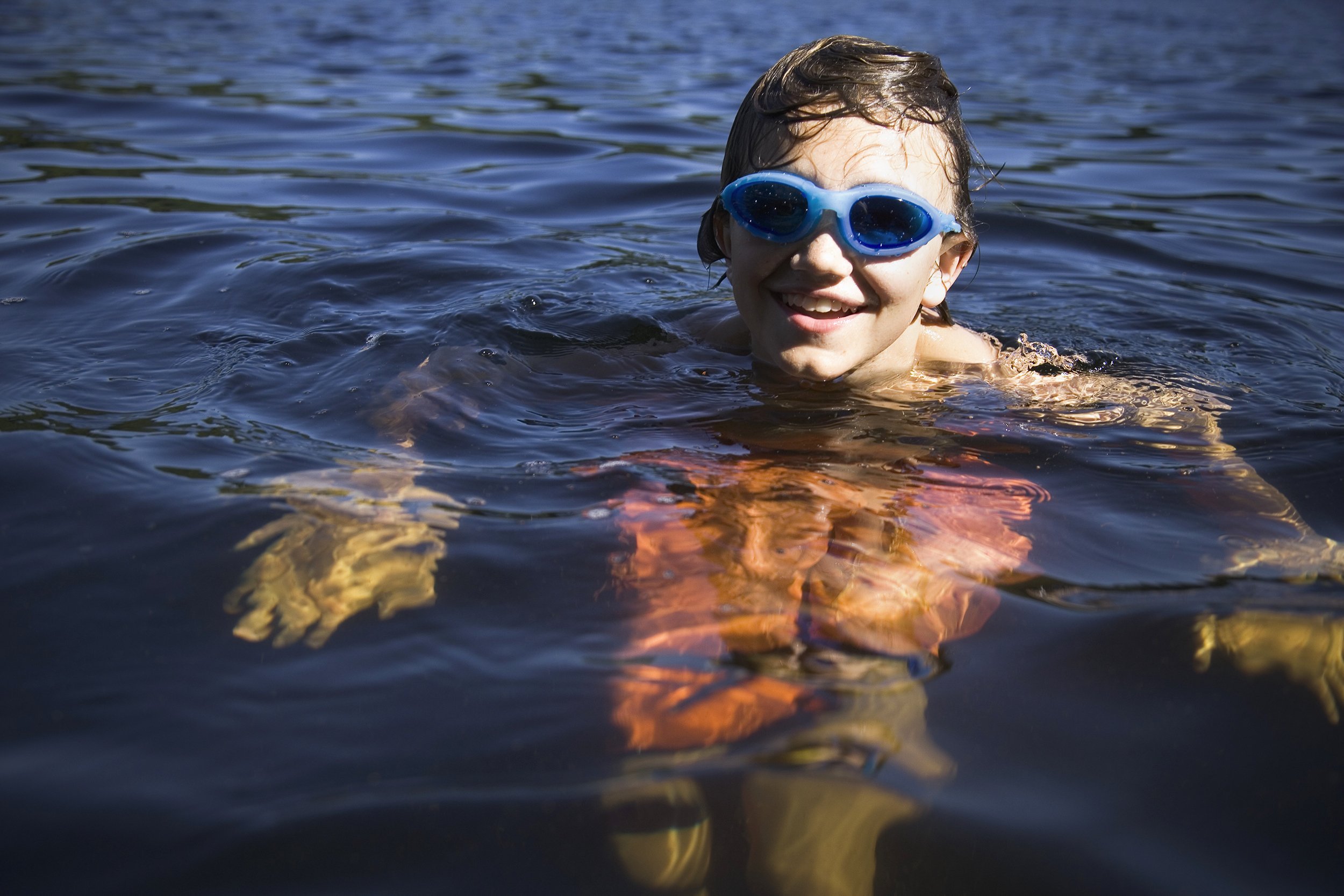
Know the warning signs of hypothermia. Even in a hot summer, there’s a risk because body temperature drops faster in the water than on land. Always check the water temperature before diving in. Shivering and muscle cramps are signs that the swimmer needs to come out of the water right away. Babies are even more vulnerable and should be only in water that’s at least 85 degrees.
Trending on Cheapism
Stay Alert
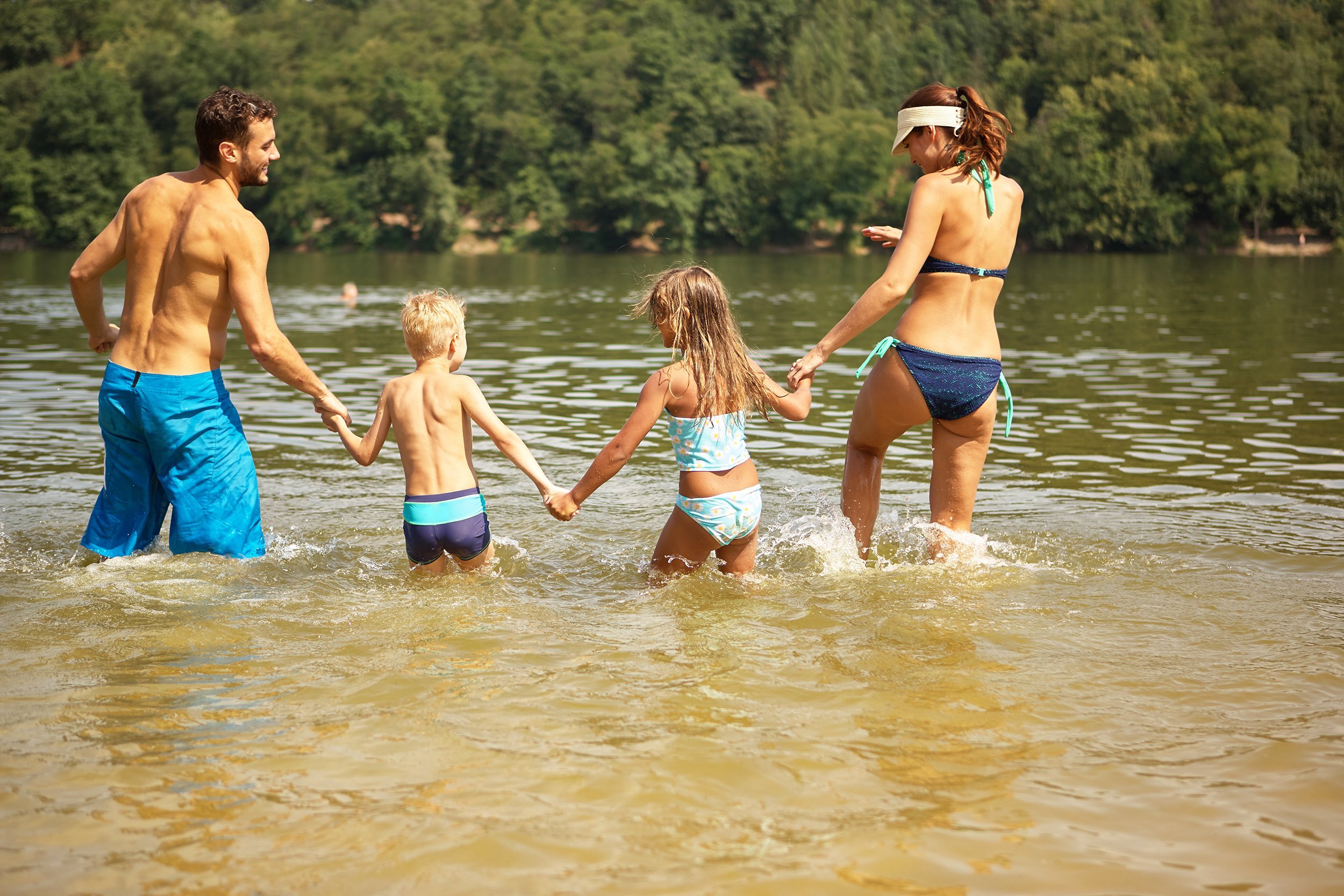
Be aware of surroundings. Even if a dip isn’t planned as part of an outing, it’s possible to fall accidentally into bodies of water. Survey shorelines and riverbanks to make sure there is no loose soil or boulders, and keep a close eye on any little ones under your watch.
Be Weather Wise

What might look like a lazy day on the lake or at the pool can turn dangerous if a storm blows in. Always look at the forecast before heading out, and get updates from weather apps periodically throughout the day. The National Lightning Safety Institute says pools are no longer safe if thunder sounds within 30 seconds of a flash of lightning. Swimmers should be evacuated until 30 minutes after the last thunder boom. Adhere to this rule even at the beach or on a river, as lightning can travel ahead of a storm and strike without warning.
No Diving Allowed
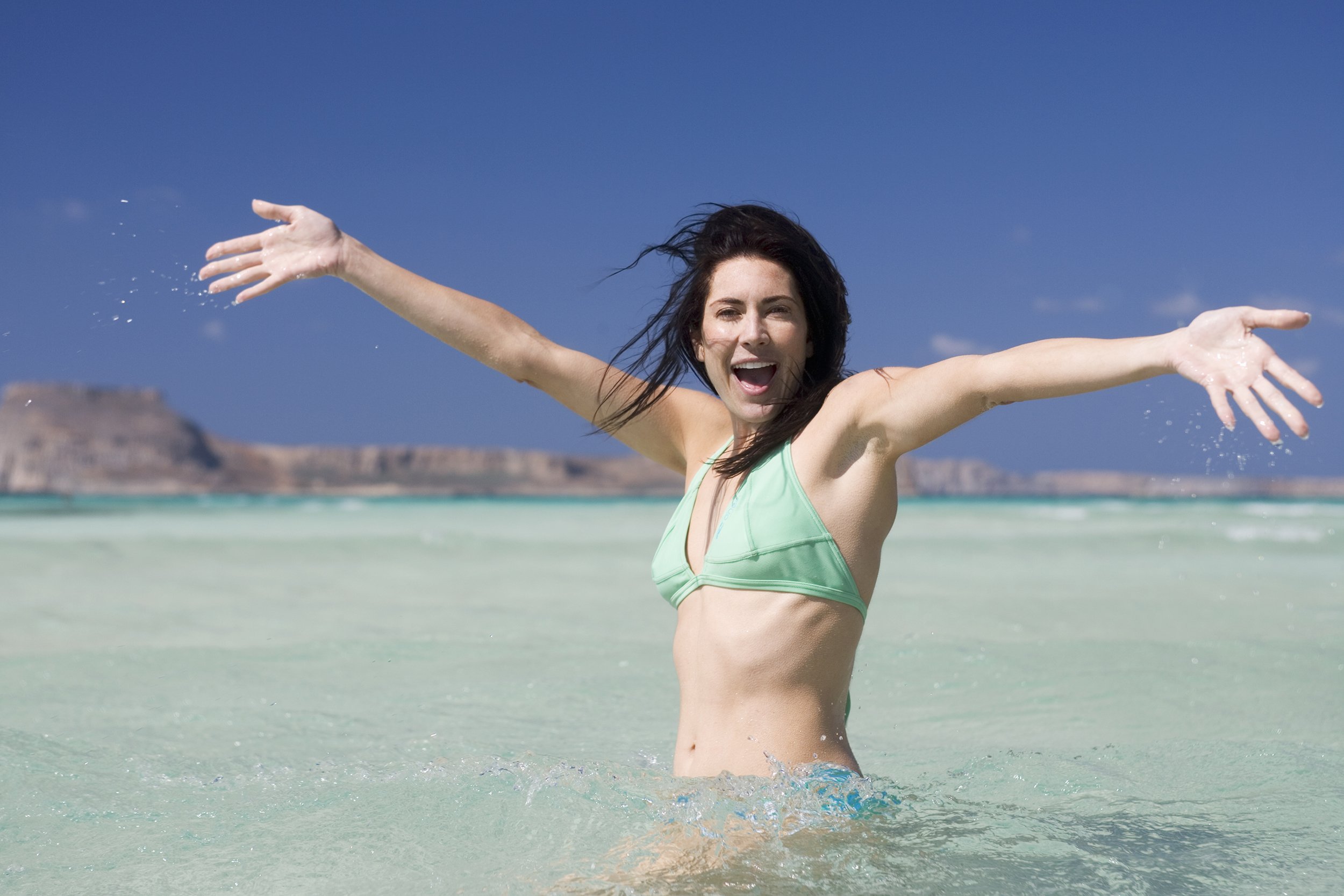
It can be difficult to estimate water depth in oceans, lakes, rivers, and ponds, and to see obstacles until it’s too late. This means diving into unknown bodies of water can be extremely dangerous and lead to serious head, neck, and back injuries. Wade out carefully, instead.
Sign up for our newsletter
Protect Feet
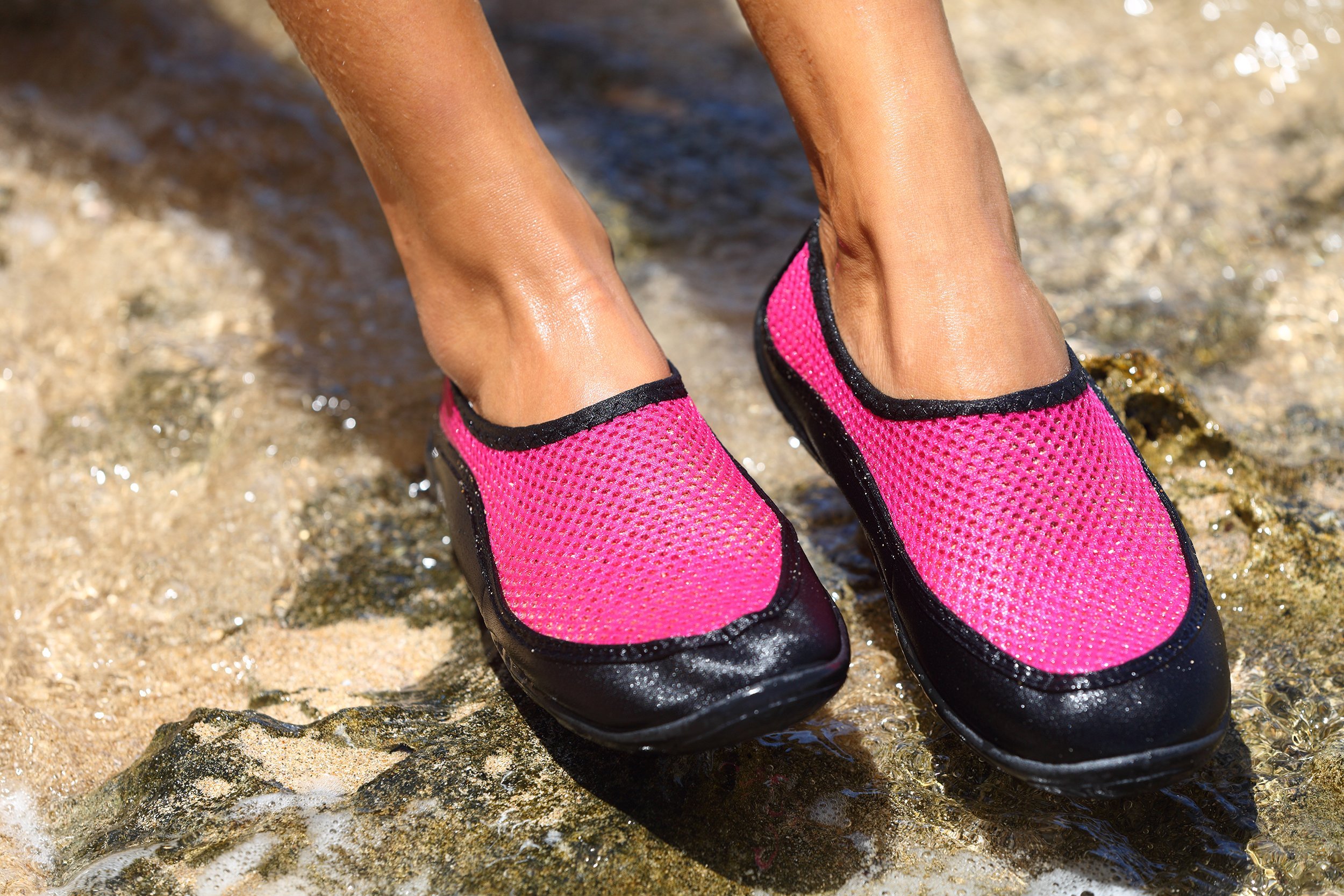
Wear water shoes when playing in natural bodies of water. All sorts of hazards along the bottom, such as broken glass, discarded trash, or jagged rocks, can injure feet. Aqua socks or water shoes (from $7) can help reduce the risk of injury.
Learn to Swim
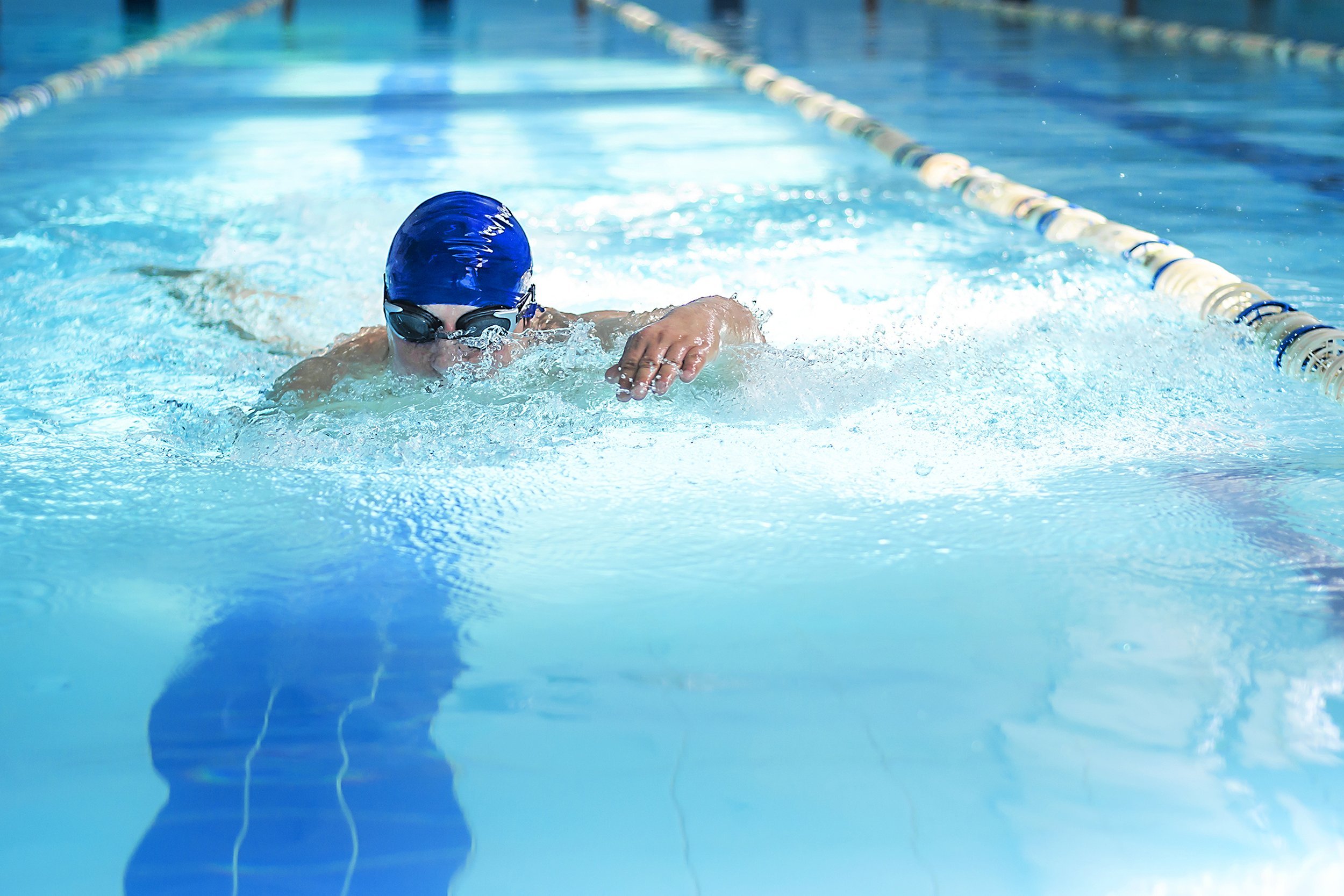
Anyone who isn’t a confident swimmer should take (or retake) swimming lessons. Knowing how to swim can dramatically decrease the risk of drowning and other water-related injuries. Remember that kids who have had swimming lessons still need supervision while in the water.
Find a Buddy
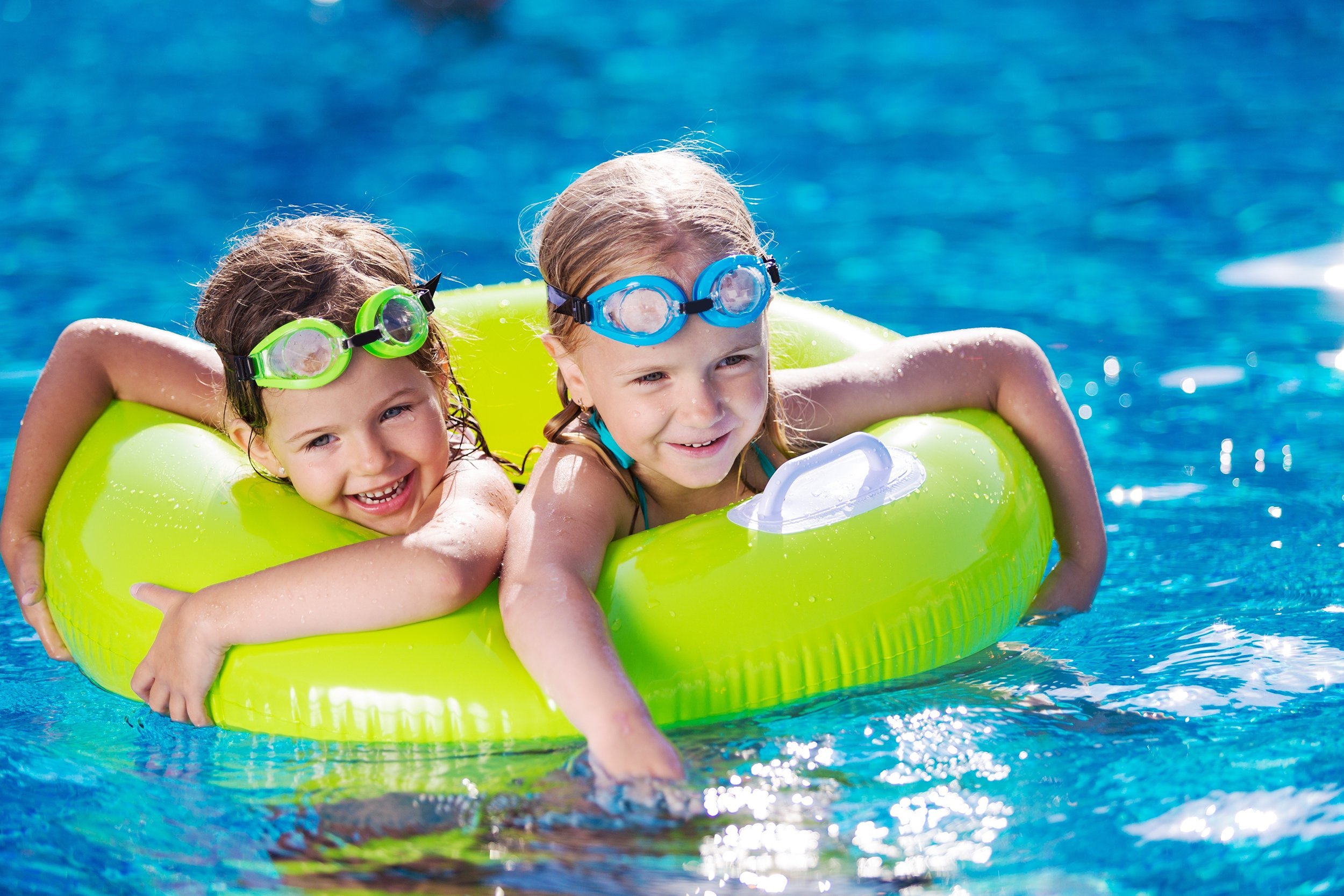
No matter where you’re swimming, never swim alone and look for places with designated lifeguards. It’s also a good idea to learn CPR, and have a cellphone at the ready in case of emergency.






